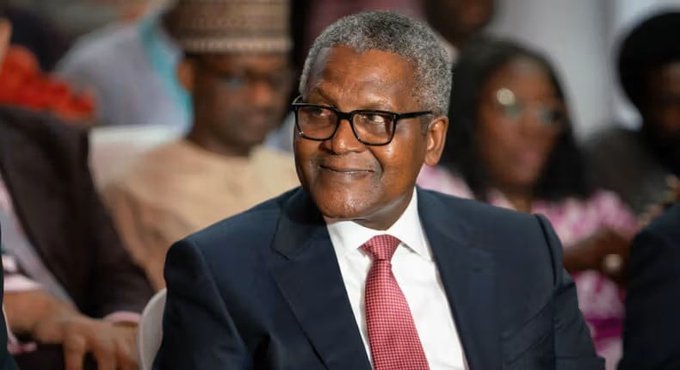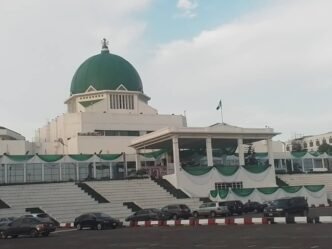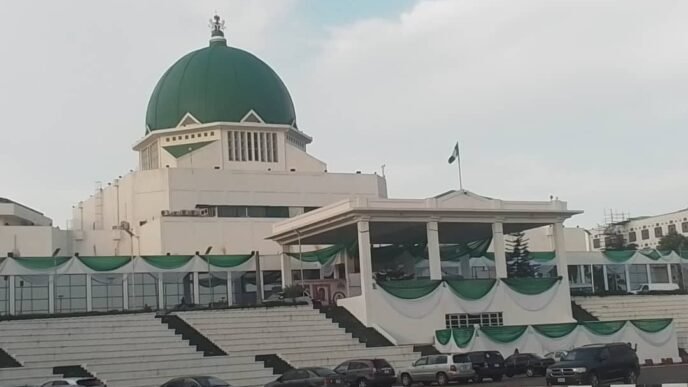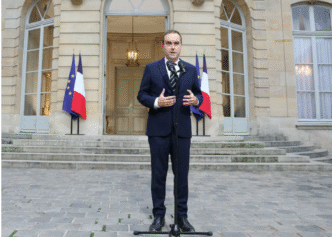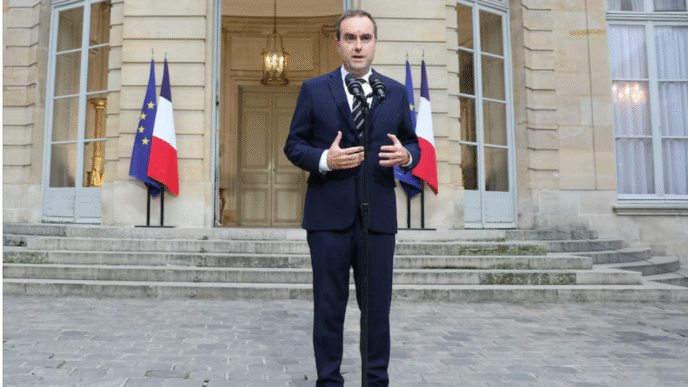Addis Ababa / Gode, Ethiopia – October 2025 – Africa’s richest man and industrial powerhouse, Aliko Dangote, has launched construction of a $2.5 billion fertiliser plant in Ethiopia, marking one of the continent’s most ambitious private sector investments in recent years.
The new complex, located in the Somali region of Ethiopia, is designed to produce up to three million metric tonnes of urea annually, instantly positioning the East African country as a potential fertiliser hub. The project, spearheaded by Dangote Group in partnership with the Ethiopian government, is expected to reshape the region’s agricultural sector, reduce dependency on costly imports, and spur industrial growth.
A Landmark Investment in Africa
The $2.5 billion facility is a joint venture between Dangote Group, which will hold a 60 percent stake, and Ethiopian Investment Holdings, the state’s sovereign wealth fund, which will control 40 percent. The groundbreaking ceremony was attended by Prime Minister Abiy Ahmed and senior officials, who hailed the project as a game-changer for Ethiopia’s industrialisation drive.
Dangote Group, known globally for its cement empire and Nigeria’s 3-million-tonne-capacity fertiliser plant in Lagos, is expanding its footprint into East Africa with the clear ambition of making Ethiopia self-reliant in agricultural inputs. The company’s founder, Aliko Dangote, said the project was more than an industrial venture — it was a commitment to transforming African agriculture.
“This plant will not only produce fertiliser for Ethiopia, it will also supply neighbouring countries, strengthen food security across the region, and generate thousands of jobs,” Dangote stated during the event.
Project Specifications
The fertiliser complex, located in Gode, will rely on natural gas feedstock from Ethiopia’s Hilala and Calub gas fields. A dedicated pipeline will be built to transport the gas to the plant, ensuring stable feedstock supply.
Key details include:
- Total Cost: $2.5 billion
- Capacity: 3 million tonnes of urea per year
- Timeline: 40 months to completion
- Ownership: Dangote Group (60%), Ethiopian Investment Holdings (40%)
- Feedstock: Natural gas from Hilala and Calub fields
- Products: Urea fertiliser in the first phase, with plans to expand to ammonium nitrate, NPK, and other fertilisers in later stages
Once completed, the plant is expected to be one of the largest fertiliser complexes in Africa.
Why Ethiopia?
Ethiopia is one of Africa’s fastest-growing populations, with agriculture contributing a significant share to its GDP and employing the majority of its citizens. However, the country currently relies heavily on fertiliser imports, which drain foreign reserves and expose farmers to global price volatility.
By producing fertiliser locally, the new Dangote facility aims to save Ethiopia an estimated one billion dollars annually in foreign exchange and improve access to affordable agricultural inputs.
Prime Minister Abiy Ahmed emphasised that the project is part of Ethiopia’s broader industrialisation strategy. “We are laying the foundation for self-sufficiency. This fertiliser plant will empower our farmers, increase productivity, and make Ethiopia a centre of agricultural innovation in Africa,” he said.
Food Security and Regional Impact
The timing of the project is critical. Across Africa, fertiliser shortages and rising global commodity prices have undermined crop yields, threatening food security. Ethiopia itself has faced fertiliser supply challenges in recent years, with farmers often struggling to afford imports.
Experts say the Dangote fertiliser plant could:
- Boost Local Agriculture: Increased availability of urea will help smallholder farmers improve soil fertility and yields.
- Cut Import Dependence: Ethiopia’s heavy reliance on fertiliser imports has been a long-standing economic challenge.
- Support Regional Trade: With a capacity exceeding Ethiopia’s local needs, the plant is expected to export fertiliser to neighbouring countries such as Kenya, Sudan, Somalia, and South Sudan.
- Create Jobs: Thousands of direct and indirect jobs will be generated during construction and operation, supporting local communities in Gode and beyond.
Financing and Execution
While the project has been announced with a 40-month construction schedule, financing details remain closely guarded. Dangote Group has hinted at partnerships with both African and international banks, while the Ethiopian government has pledged regulatory support and facilitation of gas infrastructure.
Industry analysts caution that financing and execution risks are real. Large-scale industrial projects in Africa often encounter delays, cost overruns, and infrastructure bottlenecks. Ensuring reliable gas supply from the Hilala and Calub fields will also be critical for the project’s success.
Nonetheless, Dangote’s track record with his $2.5 billion fertiliser and petrochemical complex in Nigeria suggests the company has the experience and capability to deliver such a massive undertaking.
Potential Challenges
Despite the optimism, several challenges lie ahead:
- Infrastructure Bottlenecks: Gode is a remote location with limited transport links. Moving construction materials and later distributing fertiliser will require significant logistical planning.
- Gas Supply Risks: Consistent production will depend on uninterrupted natural gas supply. Any shortfall could disrupt operations.
- Environmental Concerns: Fertiliser plants are energy-intensive and generate emissions. Proper environmental management will be necessary to mitigate impact.
- Political and Security Stability: Ethiopia has faced political instability and regional conflicts in recent years, which could affect investor confidence and project implementation.
- Currency and Financial Risks: Balancing dollar-denominated debt with local revenue may pose foreign exchange challenges.
Symbolism Beyond Industry
Beyond its economic significance, the Dangote fertiliser plant carries symbolic weight. It is one of the largest private-sector industrial investments in Ethiopian history, showcasing African-to-African investment at a scale once dominated by Western or Asian multinationals.
It also signals growing confidence in Ethiopia’s reform agenda, which has sought to attract foreign and regional investors to diversify the economy beyond agriculture and textiles.
For Dangote, the move is consistent with his pan-African vision of building industries that reduce the continent’s dependence on imports. His cement empire already spans 10 African countries, and his fertiliser investments in Nigeria have made the country a net exporter of urea. The Ethiopian project extends that ambition to East Africa.
What Comes Next
Construction is expected to span just over three years. Key milestones to watch include:
- Groundbreaking and initial site preparation in 2025
- Pipeline construction for natural gas feedstock
- Arrival of heavy equipment and plant modules
- Testing and commissioning of the facility, projected for 2028
If the timeline holds, Ethiopia could be producing three million tonnes of urea annually before the end of the decade.
Conclusion
The launch of the Dangote fertiliser plant in Ethiopia marks a pivotal moment for both the country and Africa’s broader industrialisation journey. Valued at $2.5 billion, it is not just an investment in bricks and steel, but in food security, economic sovereignty, and regional cooperation.
The project faces hurdles — from financing to infrastructure and political risks — but if successful, it could transform Ethiopia into a fertiliser hub, create thousands of jobs, and empower farmers across East Africa.
For Dangote, it is another step in a lifelong mission to demonstrate that Africans can build world-class industries on African soil. For Ethiopia, it is a bold leap toward self-reliance and prosperity.
As the foundations are laid in Gode, the world will be watching closely to see if this vision of African industrial might can be fully realised.


